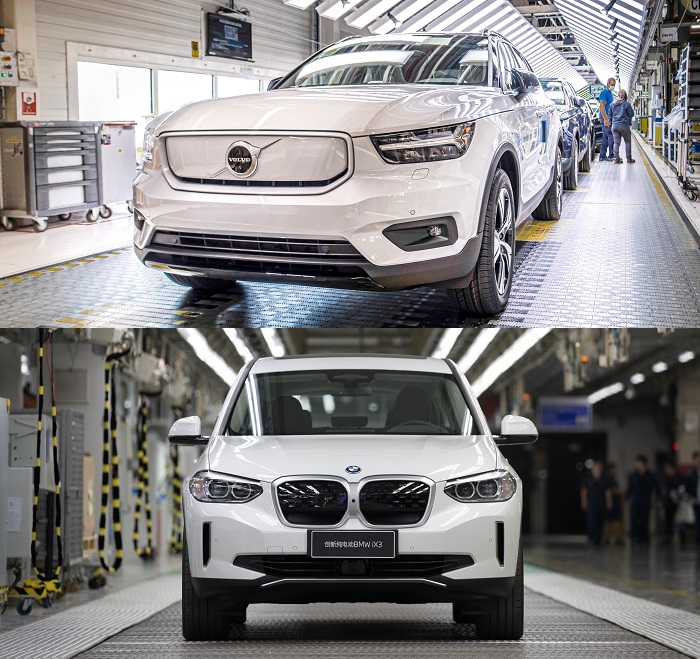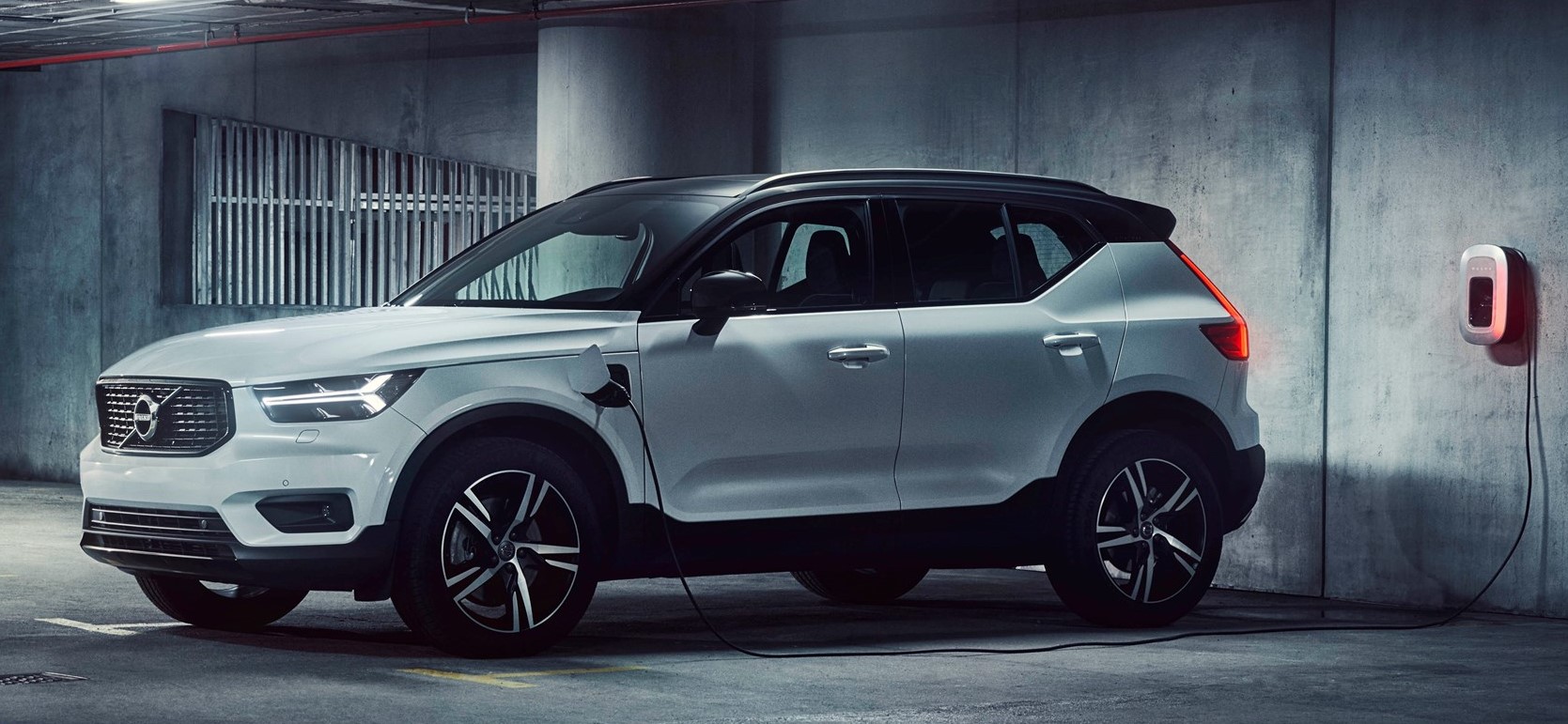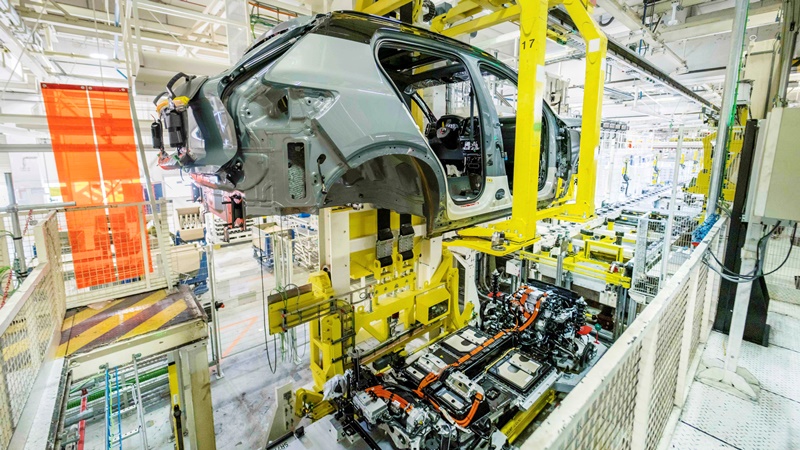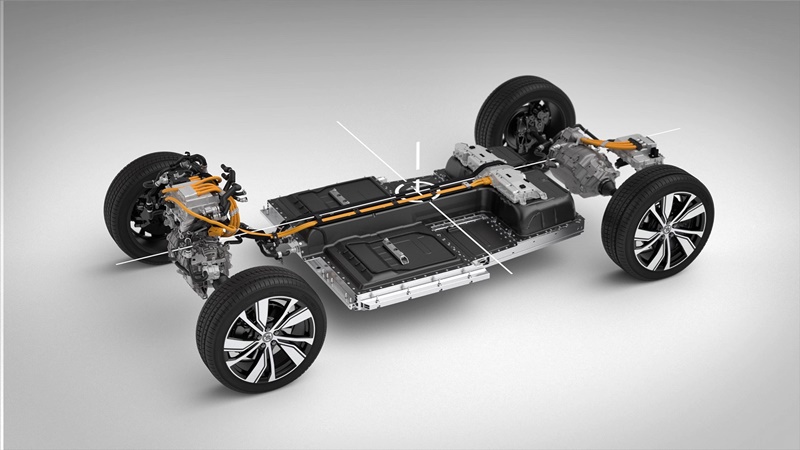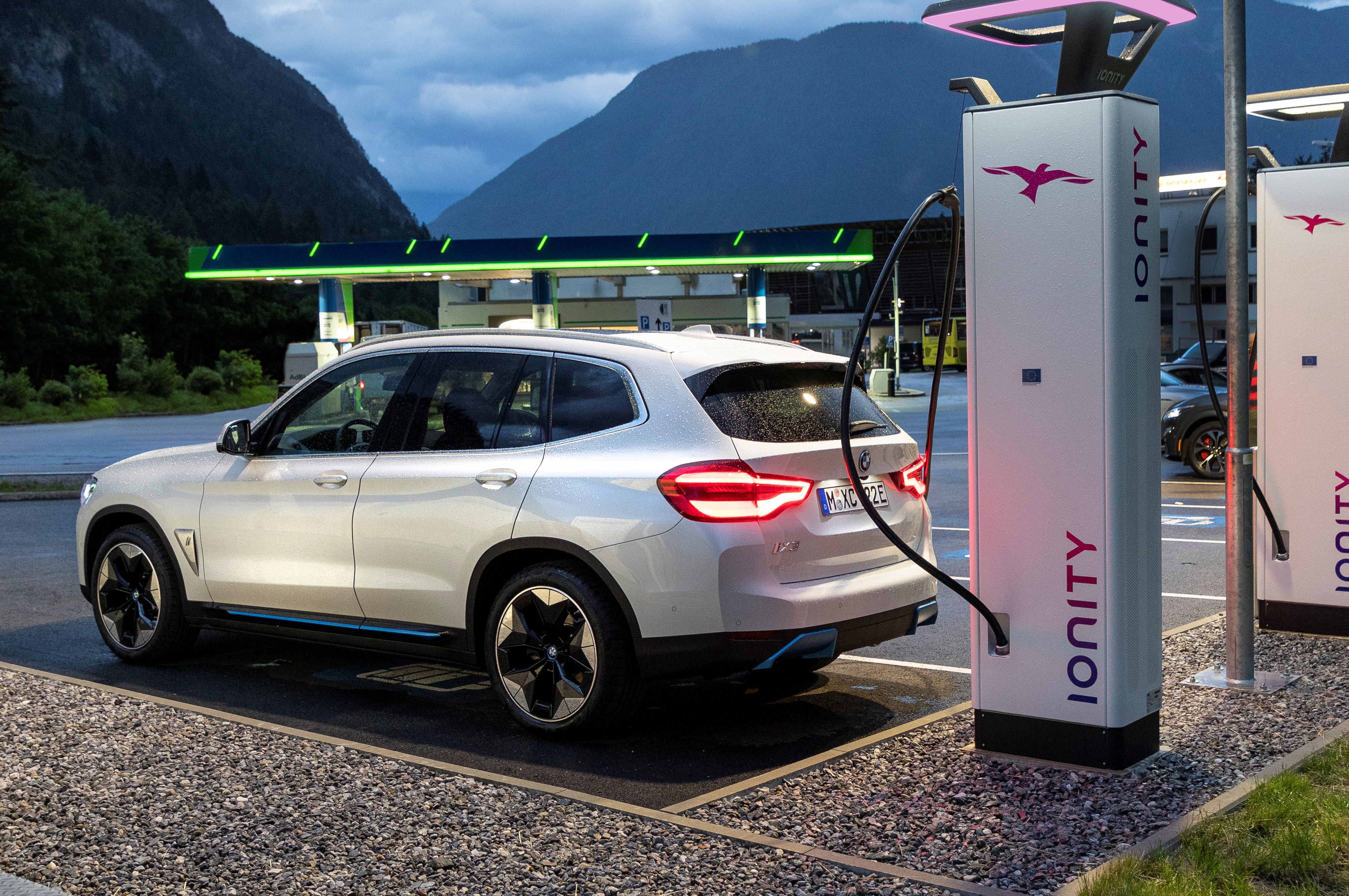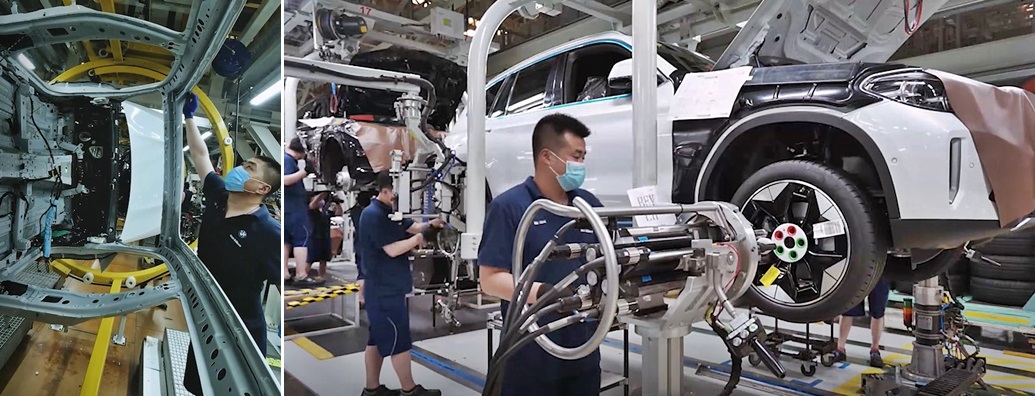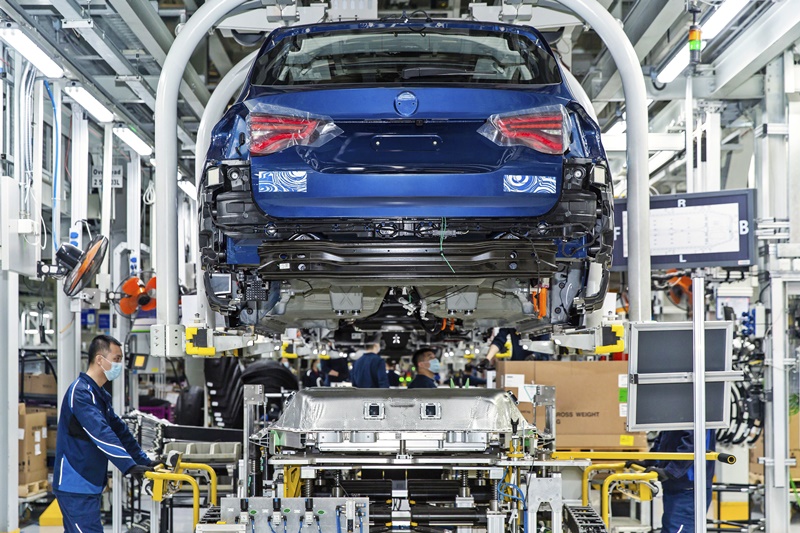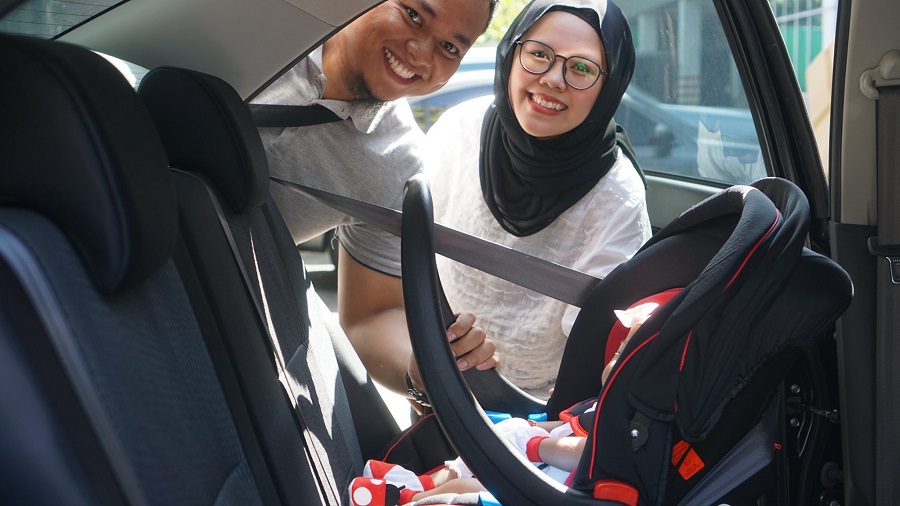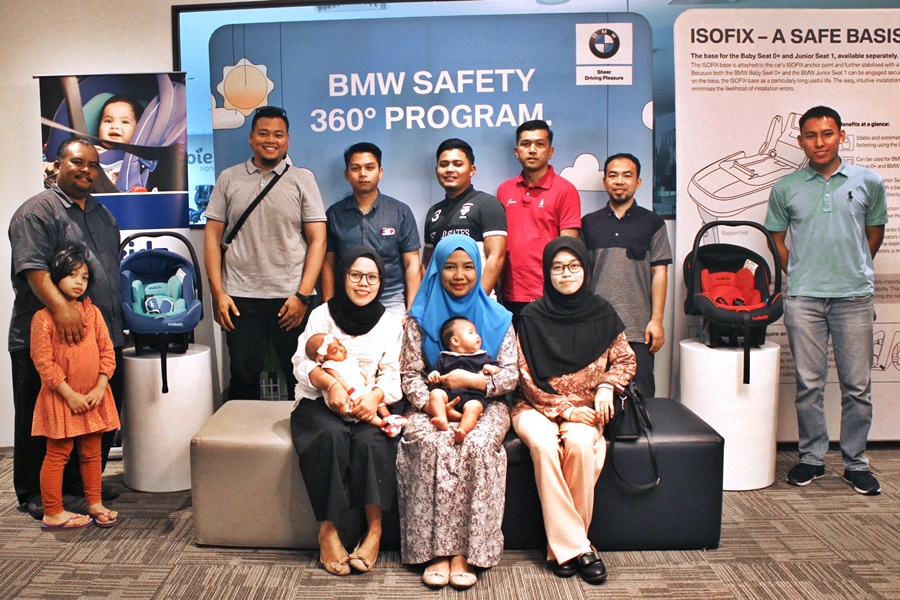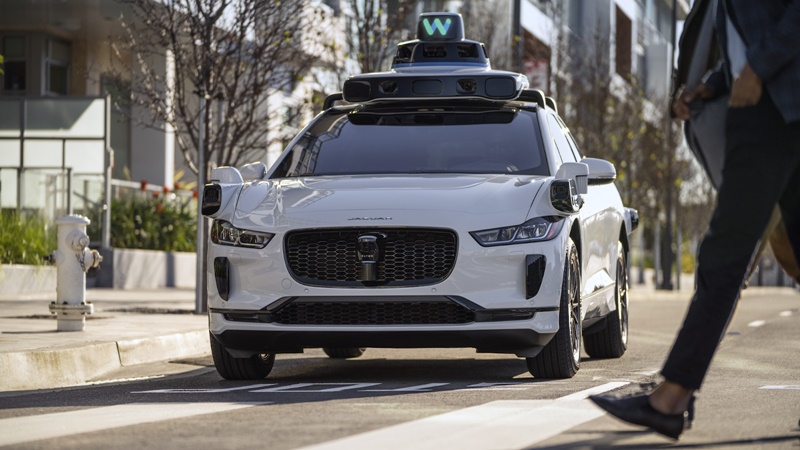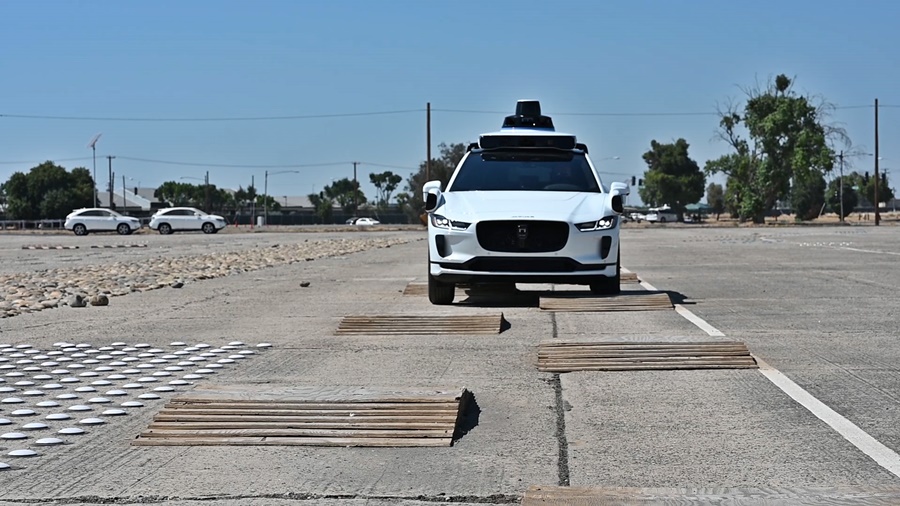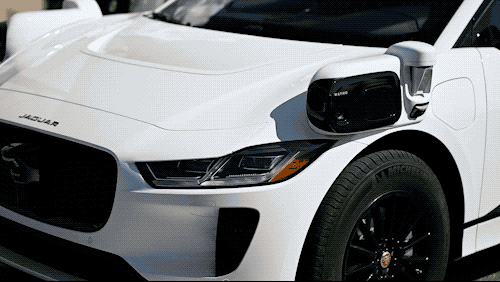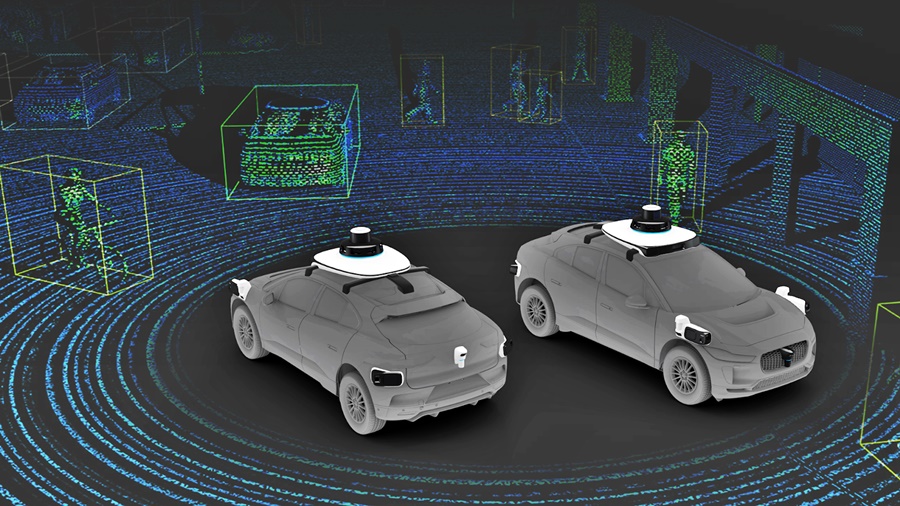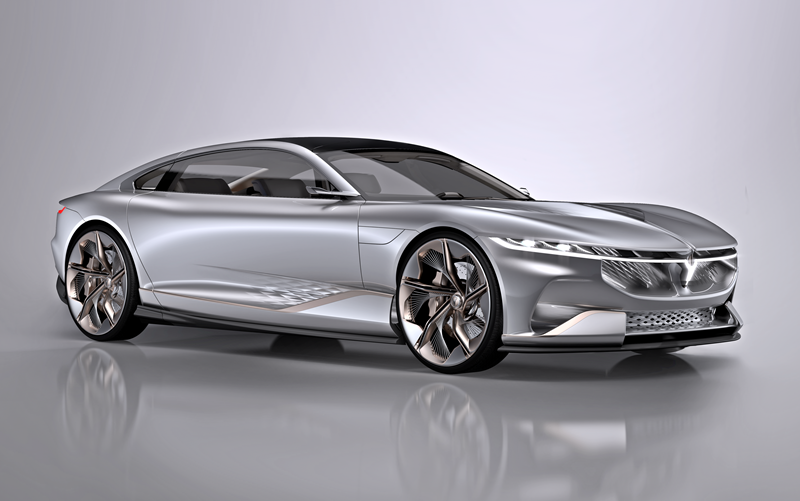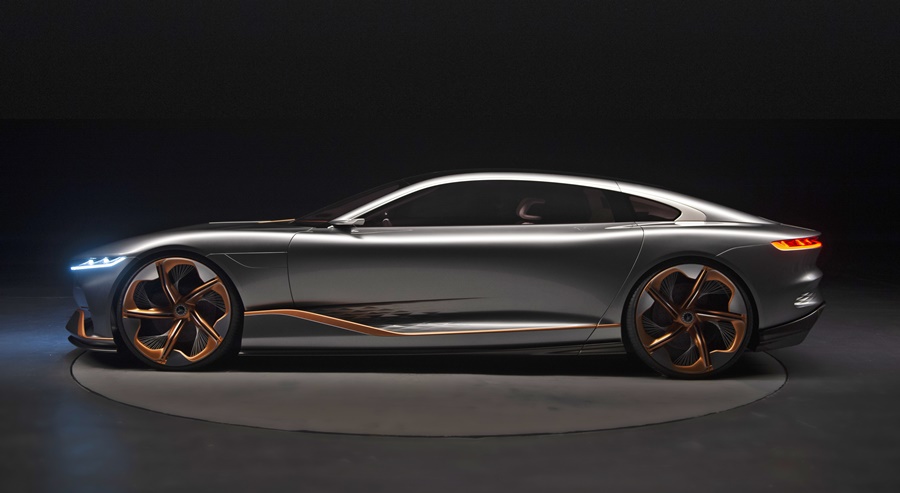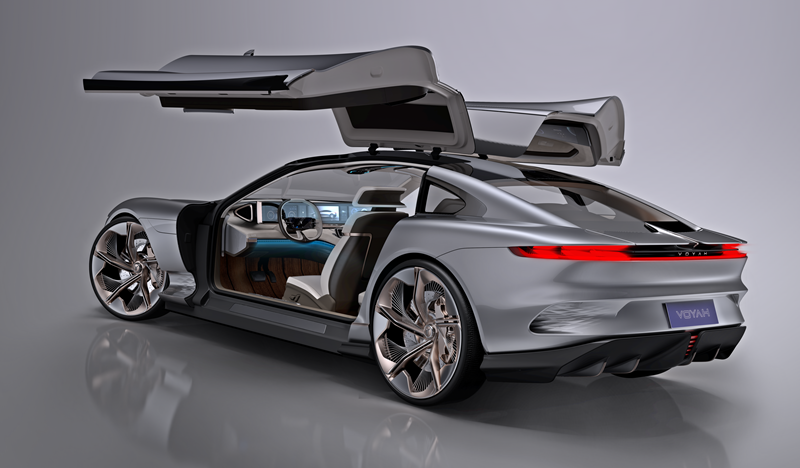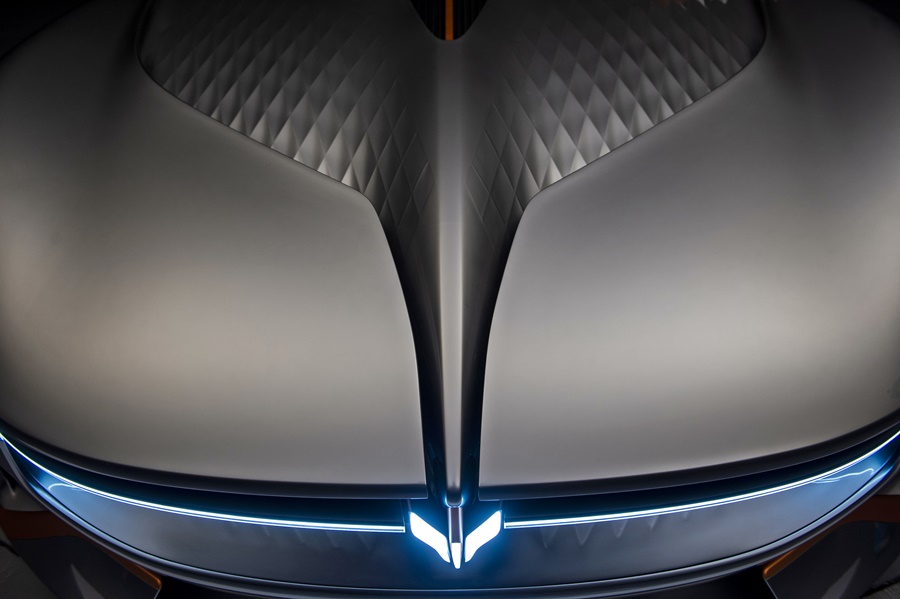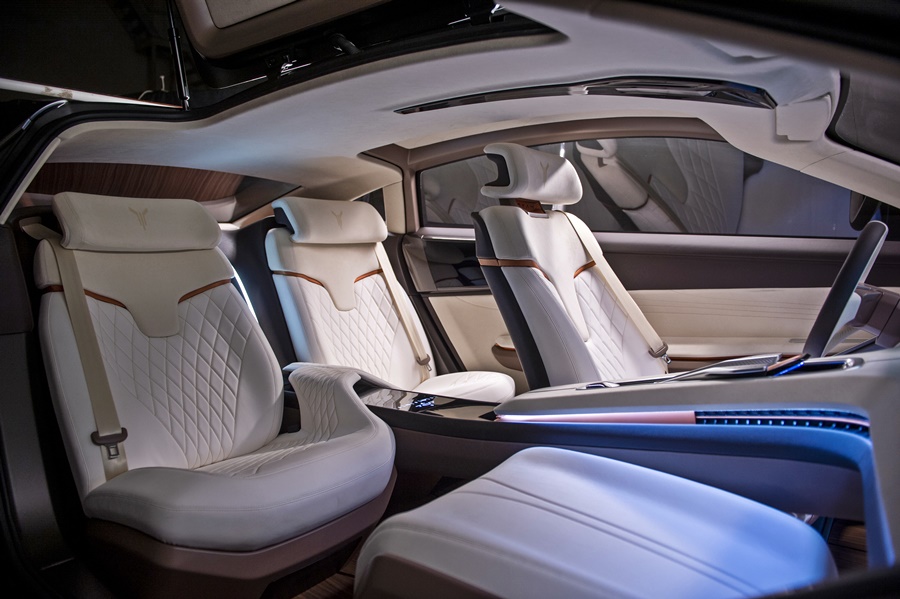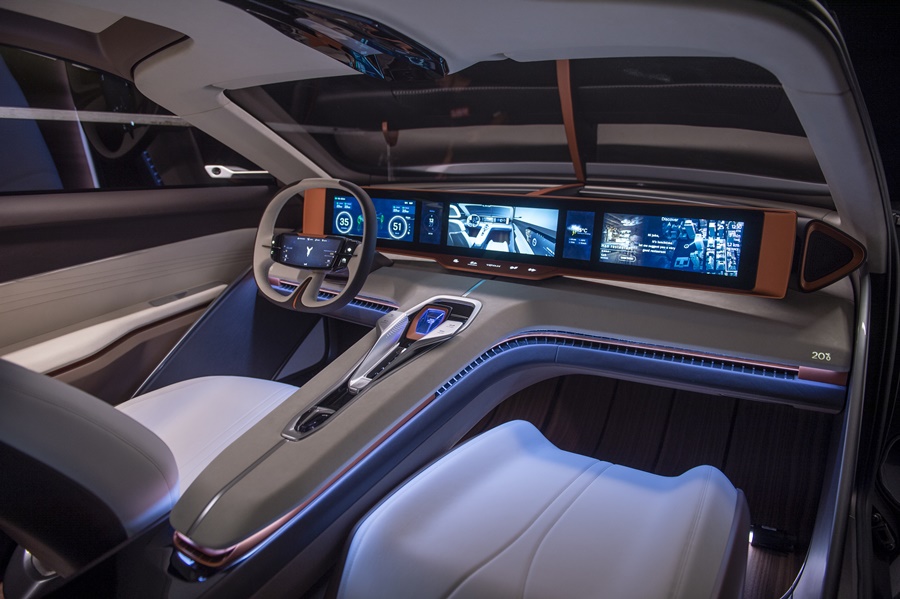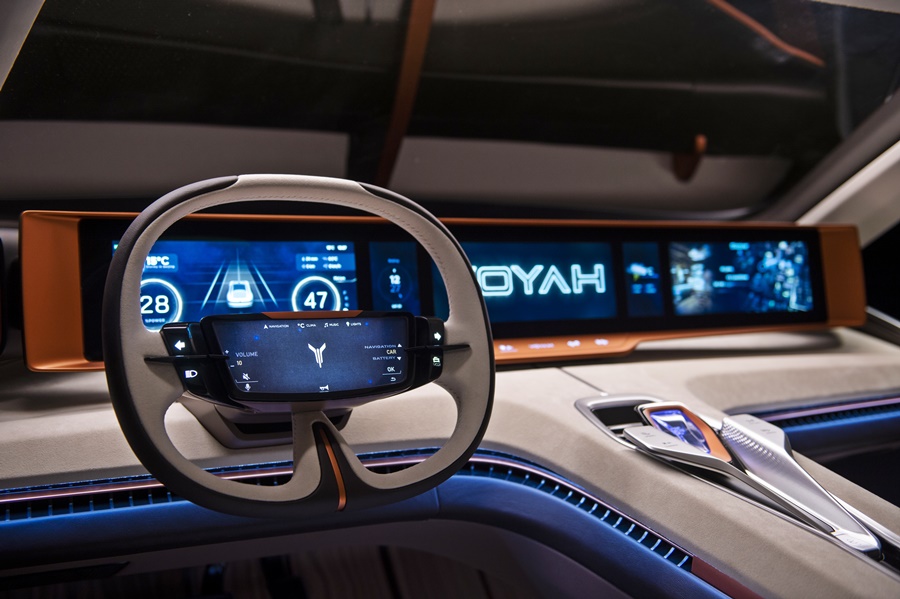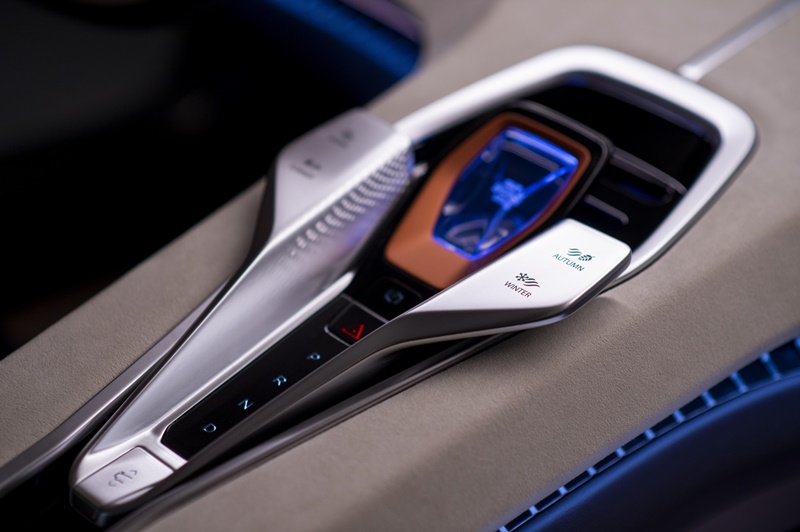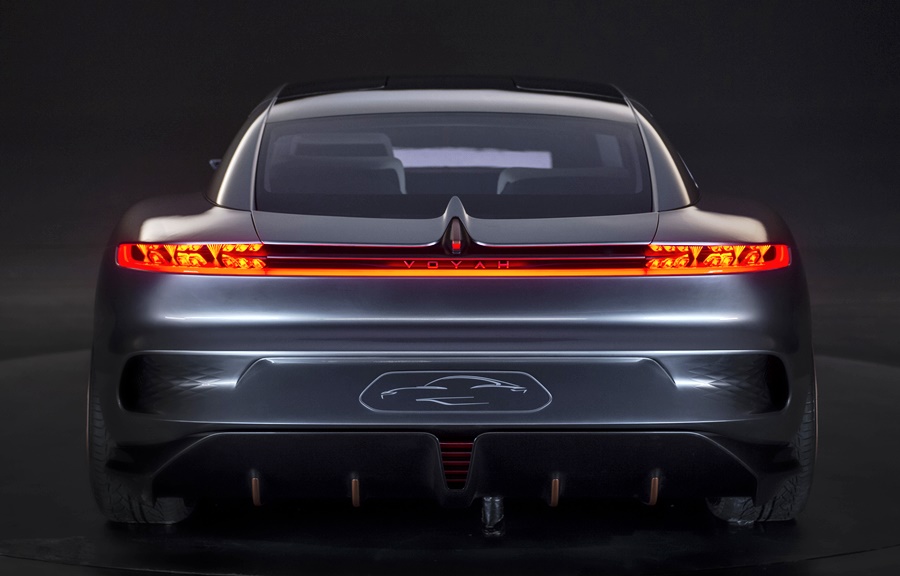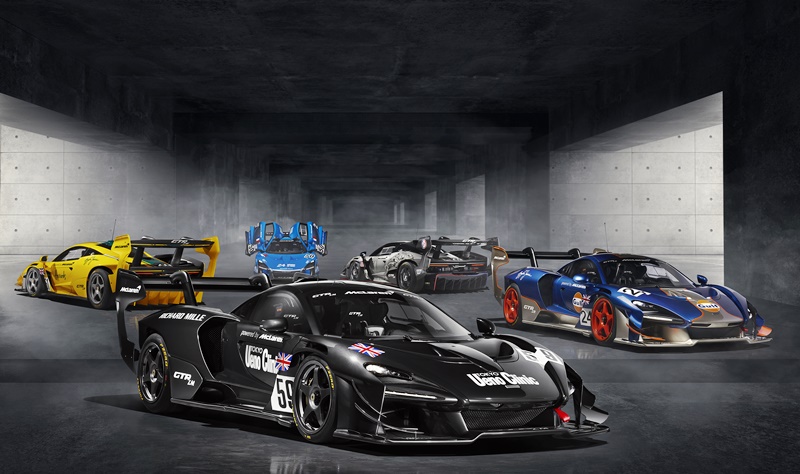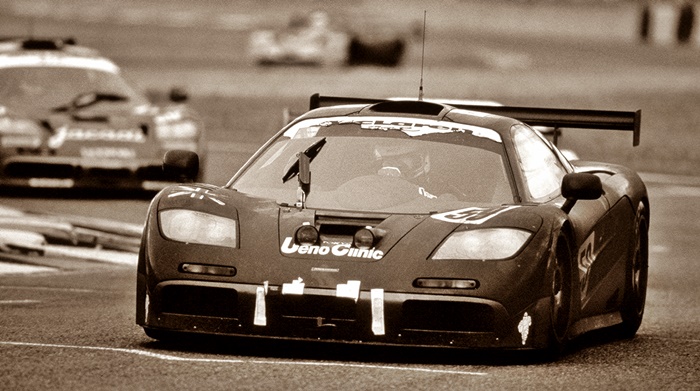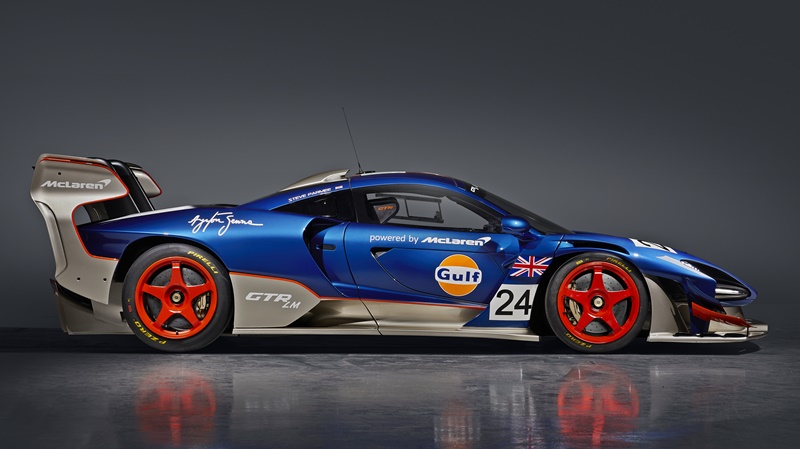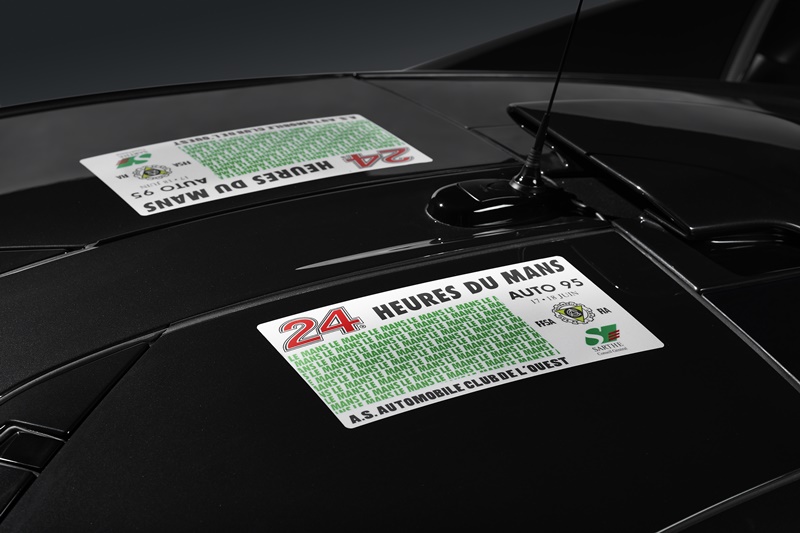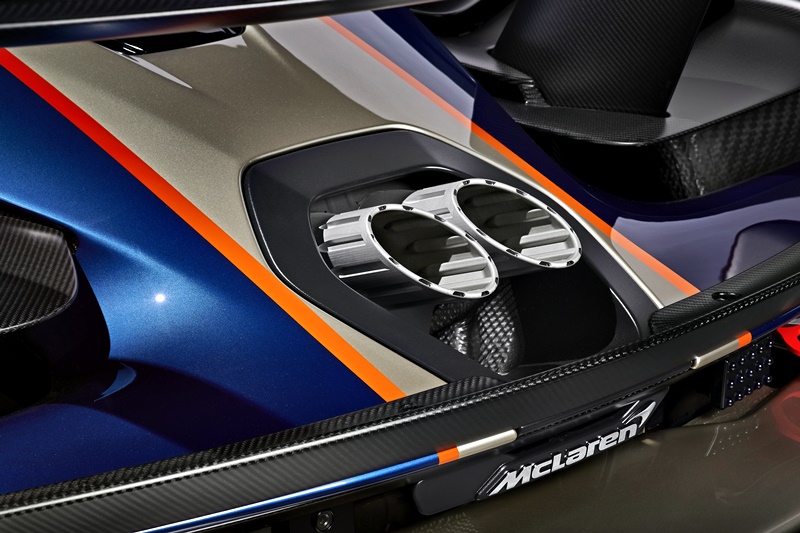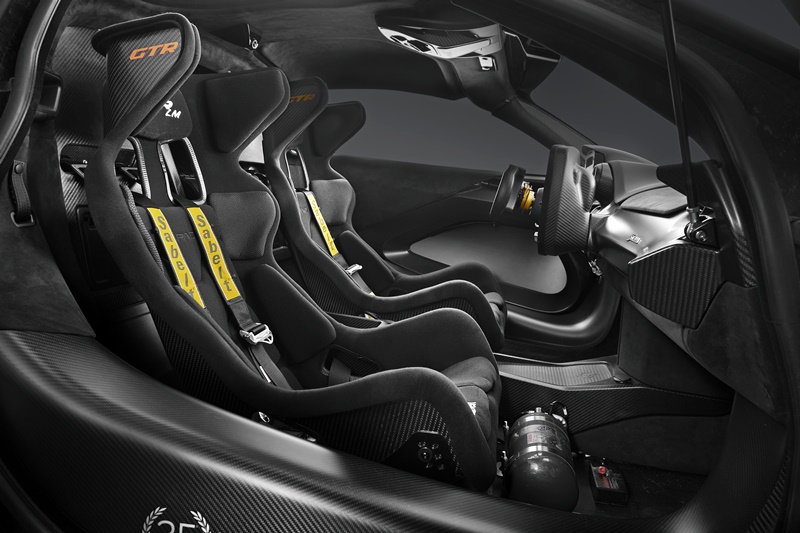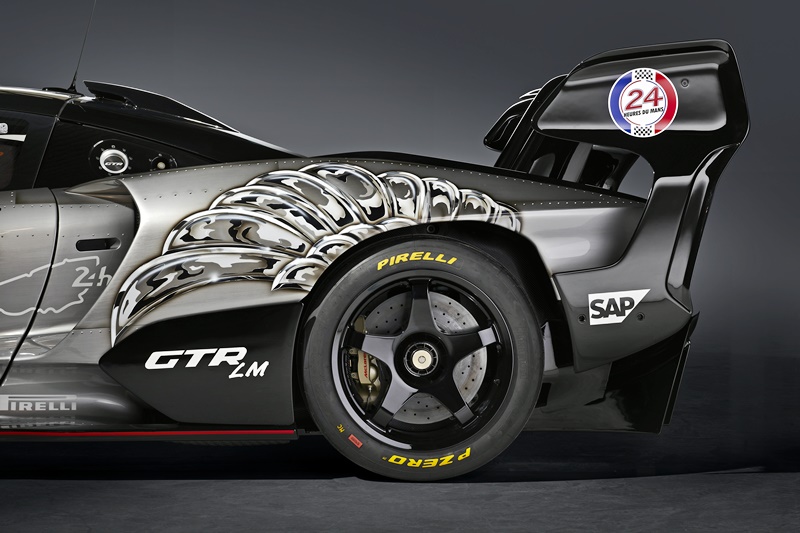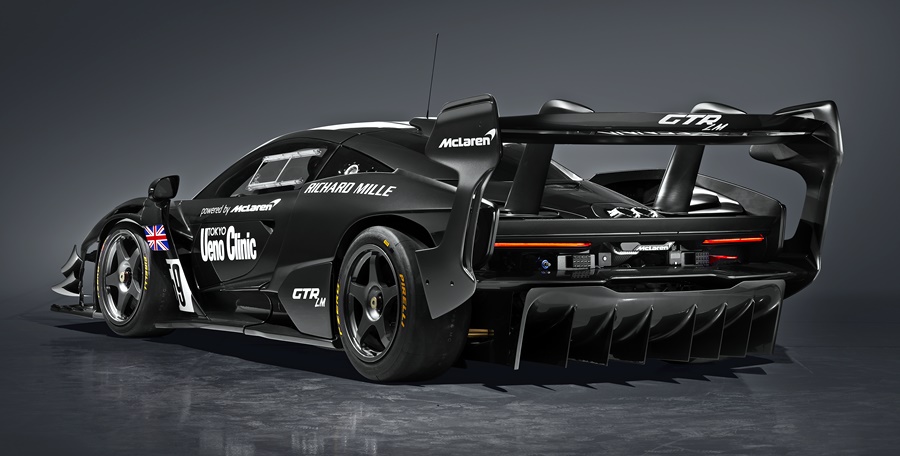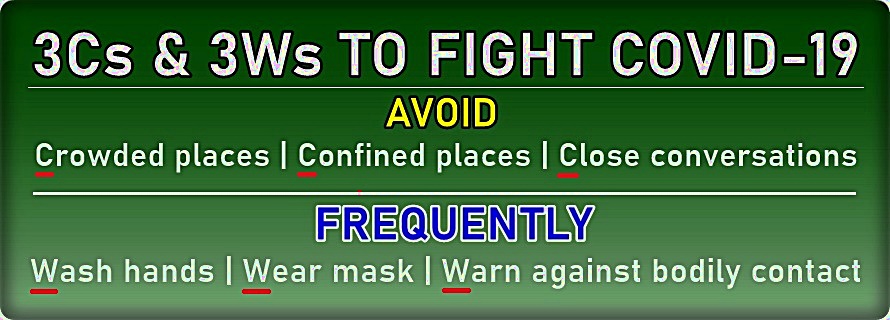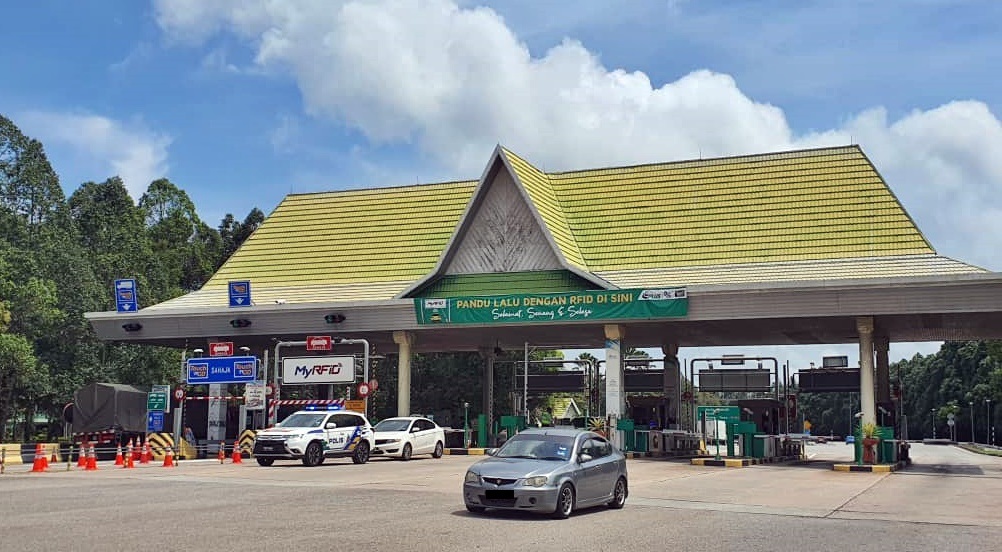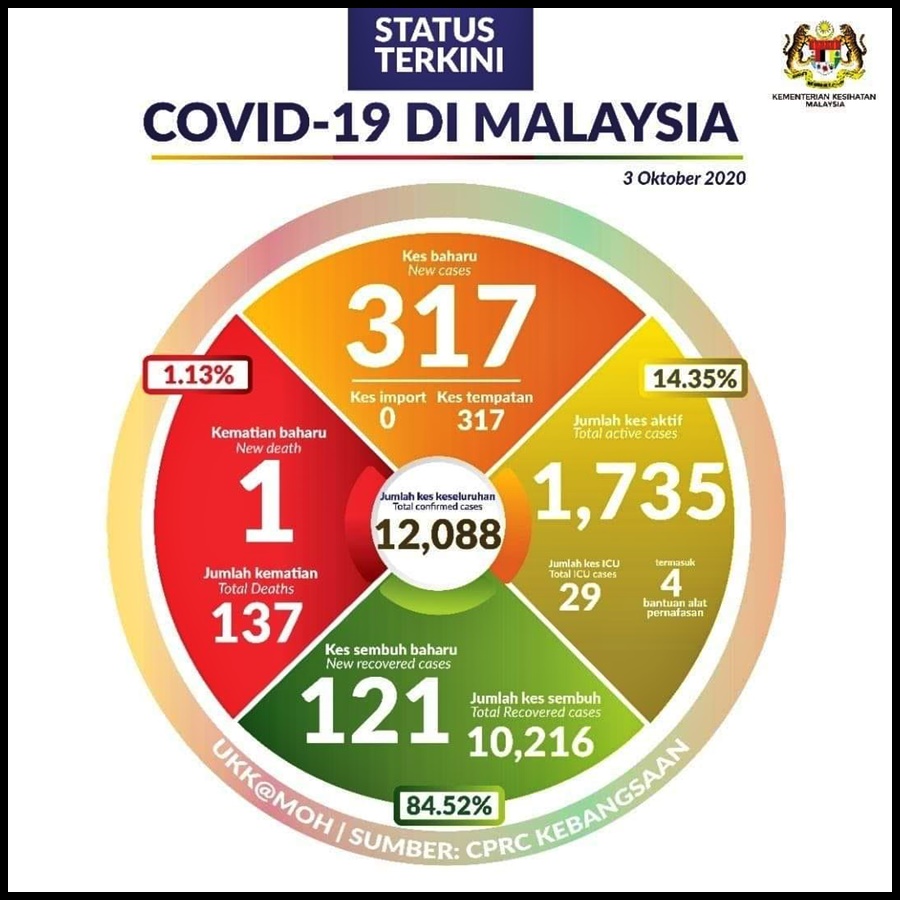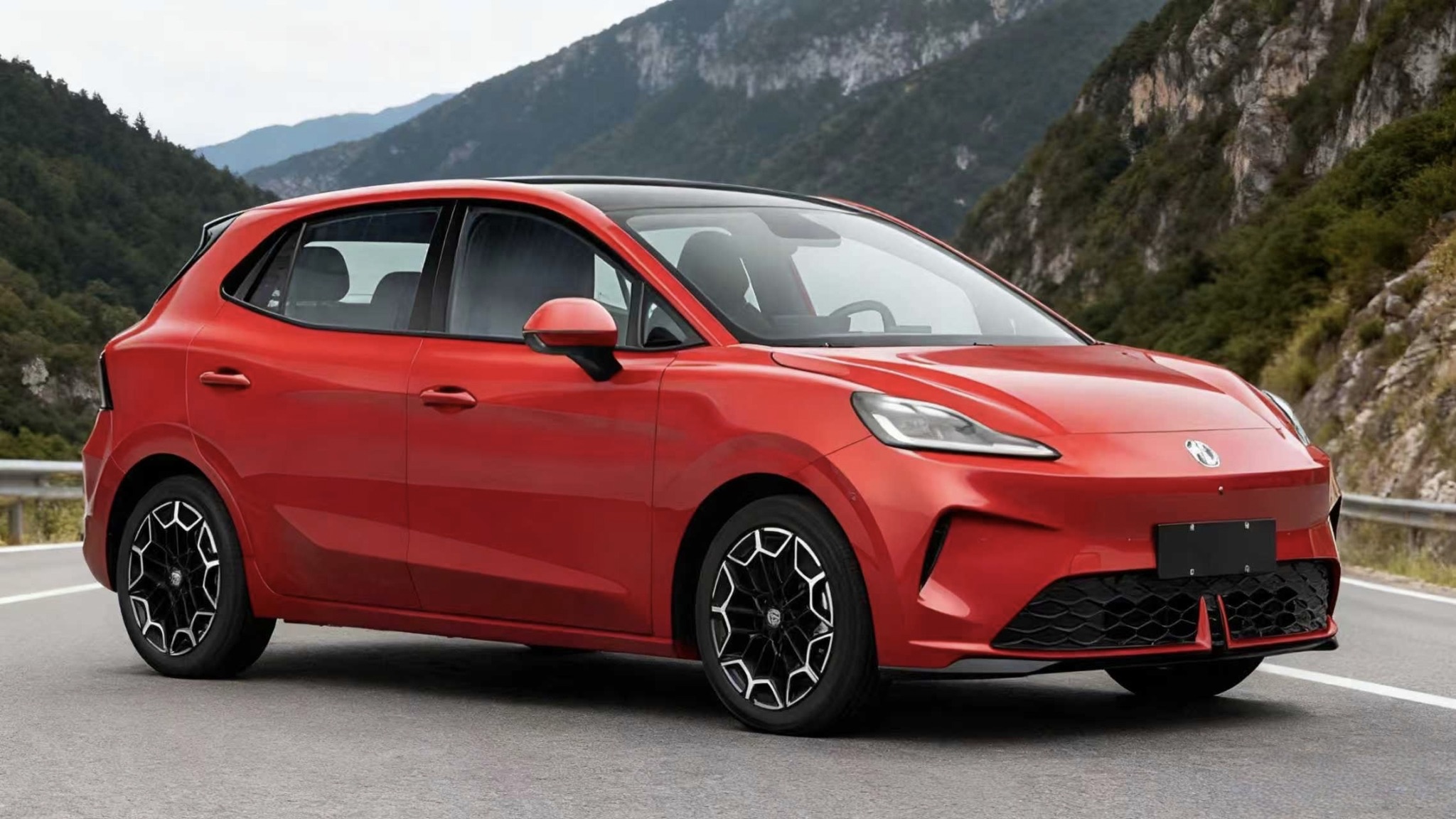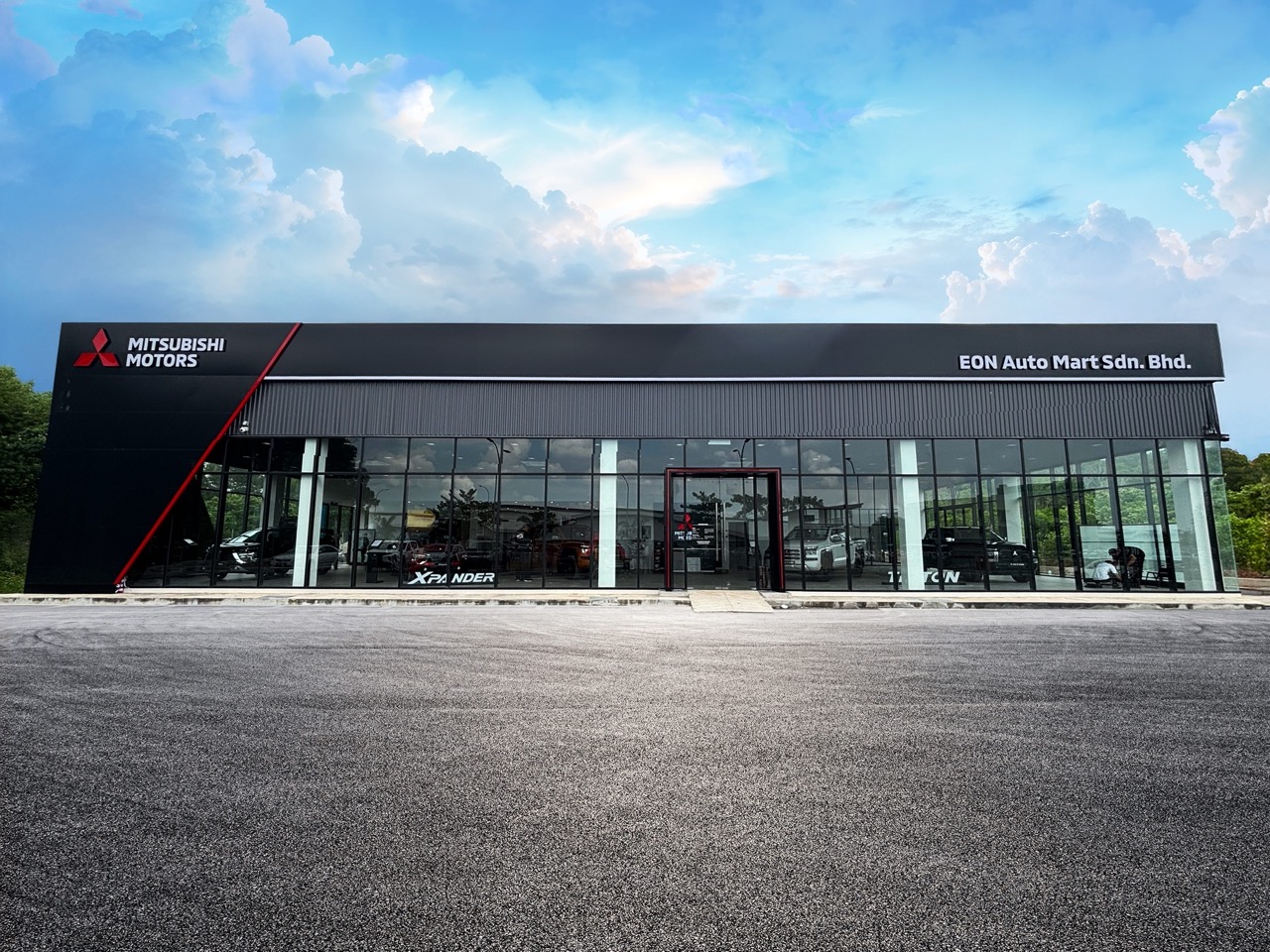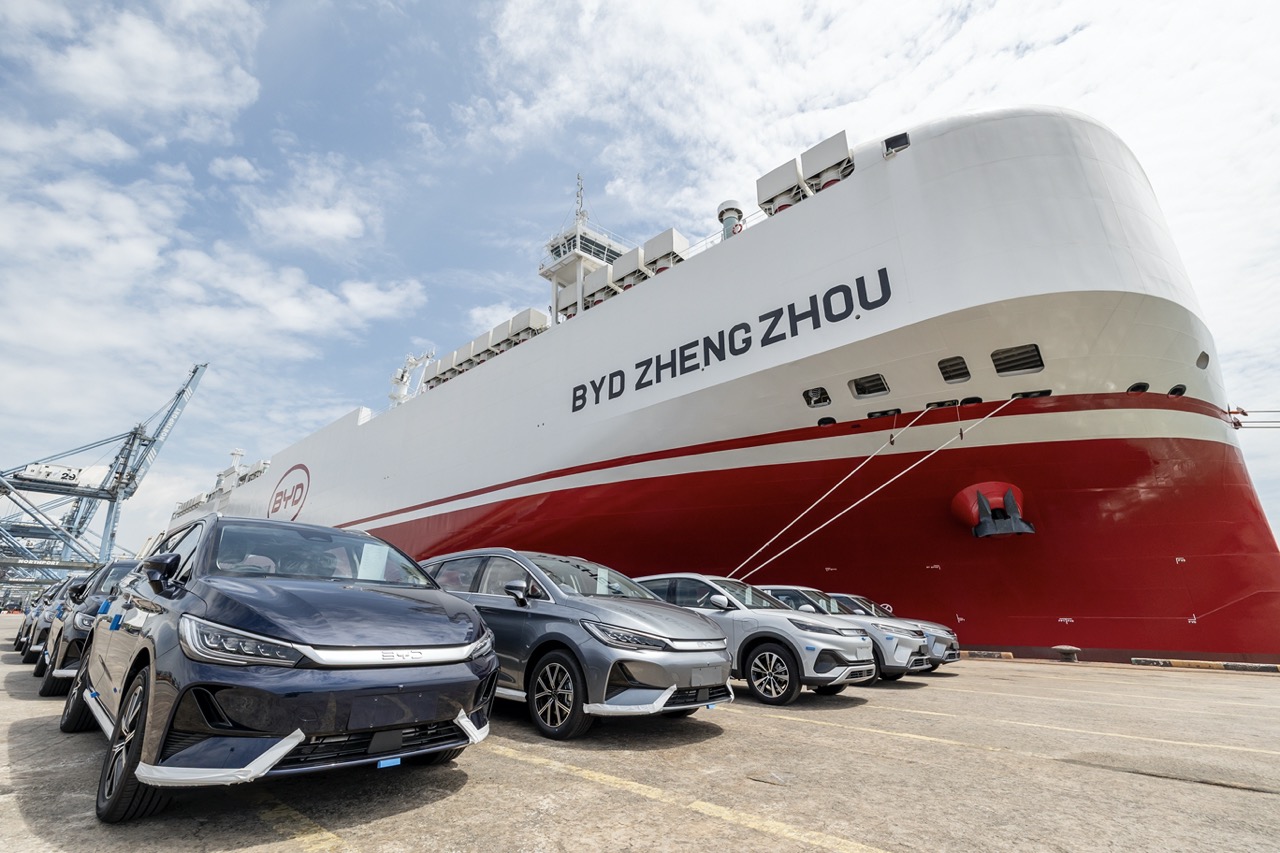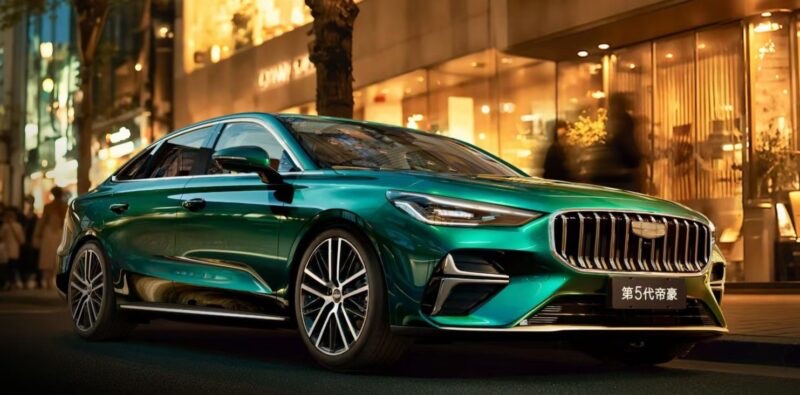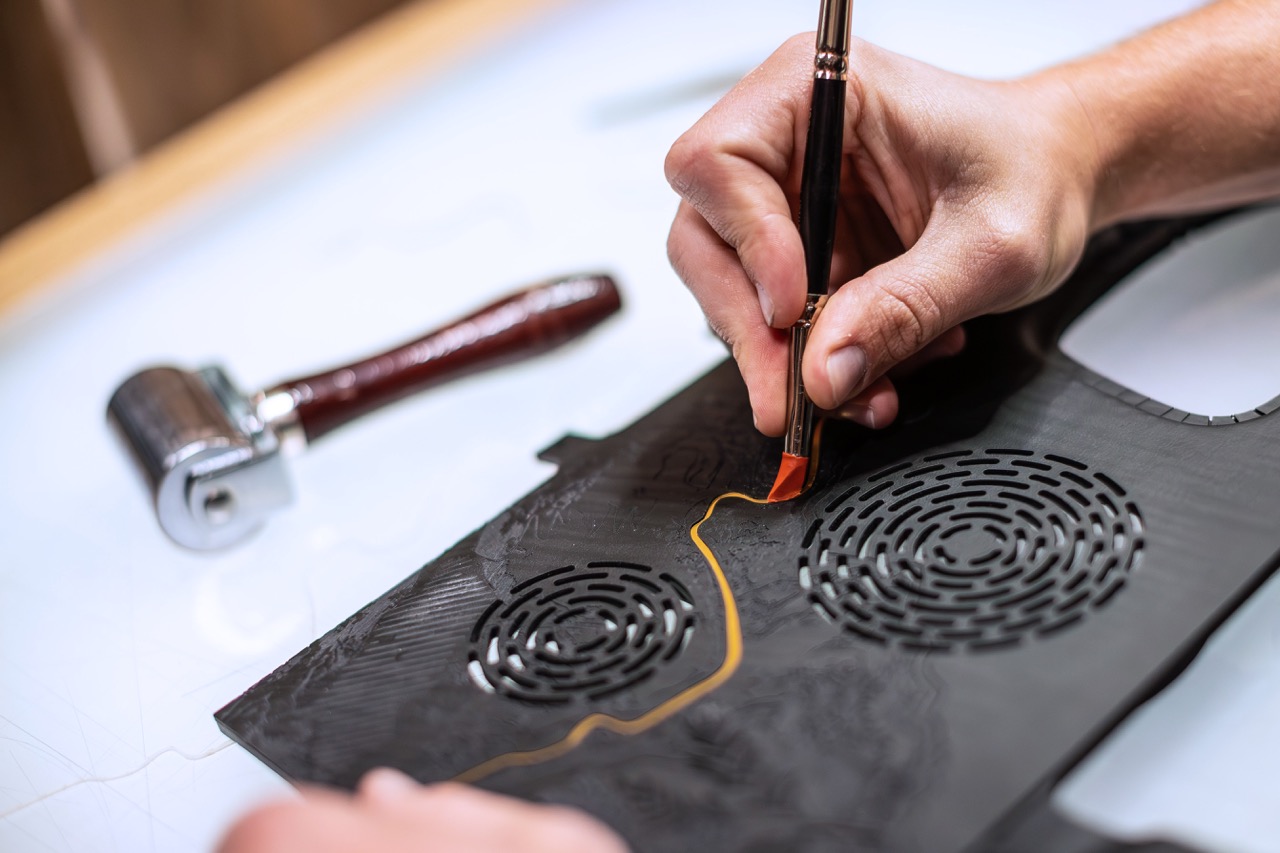Additional choices of electrically-powered cars will be in showrooms soon with the start of production of new models from Volvo and BMW. From the Swedish carmaker’s factory in Belgium is the XC40 Recharge while BMW has begun rolling out its new iX3 at the BMW Brilliance Automotive joint venture (BBA) in China.
Volvo XC40 Recharge
The XC40 Recharge is the first of several fully electric Volvos to come. By 2025, Volvo expects 50% of its global sales to consist of fully electric cars, with the rest hybrids. Customer demand for the XC40 Recharge has been strong and at this time, every car to be built during this calendar year has already been sold. First deliveries to customers in Europe will commence later this month.
As a fully electric version of the popular XC40 SUV, the XC40 Recharge is based on the Compact Modular Architecture (CMA), an advanced vehicle platform co-developed within the Geely Group. It has a projected range of over 400 kms on a fully charged battery pack which can be charged to 80% capacity within about 40 minutes (with a fast-charger system).
The XC40 Recharge, Volvo’s first model to win the ‘European Car of the Year’ title, has the typically high safety standards the brand has been known for. However, being a EV without a conventional engine means it has a different architecture and Volvo engineers have reinforced the frontal section to address that issue.
The battery pack is protected by a safety cage embedded in the middle of the car’s body structure. Its placement in the floor of the car also lowers the centre of gravity of the car, for better protection against roll-overs.
BMW iX3
The fully-electric iX3 is the first pure electric model from the BMW brand. The iX3 has been developed under the strategic “Power of Choice” approach to cover broad spread of customer requirements and statutory regulations around the world.
It has fifth-generation BMW eDrive technology with major progress made in terms of power density, operating range, weight, installation space requirement and flexibility. Electric motor, power electronics and transmission arranged in a central housing for the first time. The claimed operating range is between 460 kms and 520 kms, depending on the test cycle used).
Power transfer is to the rear wheels from the eDrive electric motor which produces maximum output of 286 ps/400 Nm. This gives the SUV a 0 to 100 km/h acceleration time claimed to be 6.8 seconds which is close to that of the X3 30i that does the same run in 6.4 seconds.
The iX3 will be the brand’s first model to also be produced for export at the joint venture factory in China. As well as intelligent manufacturing and state-of-the-art technologies, the production facility in Shenyang is also distinguished by its comprehensive quality management system.
A special ‘zero defect concept’ ensures that the globally high market requirements for electric mobility are met. There is rigorous testing of everything from the battery to the finished car to guarantee the vehicle safety. These include 128 mechanical tests and 994 software functionality tests ensure the high quality of the high-voltage battery packs throughout the entire lifecycle. Another 140 functional tests check every aspect of the vehicle during acceleration, in particular road conditions and on rocky roads.

